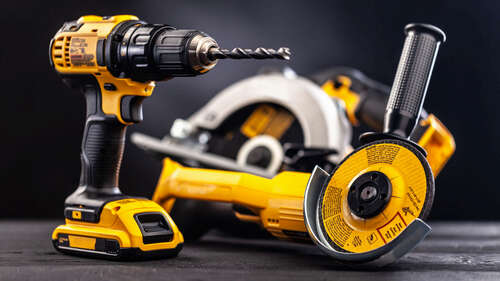
The most obvious distinction is the cord itself — or lack thereof. Buying a cordless tool often comes with the added expense of a battery, though these are sometimes interchangeable with other tools from the same brand. Corded tools also aren’t as easy to move around with and can get caught or create tripping hazards, while cordless tools are far less physically restricted but also tend to weigh a bit more due to the need for a battery pack.
Cordless tools may be the better option for maneuverability, but batteries eventually run out of juice. Meaning cordless power tools can only be used for so long before you’ll either have to set them aside to recharge, or swap in a replacement battery. Conversely, corded tools don’t have that drawback since they’re plugged directly into a consistent power source — so they’ll work until the job is done or the tool itself breaks down. Though they won’t do you much good in a location with no power outlets, or during a blackout.
Actual power is also a factor when comparing corded and cordless, because cordless tools are limited by a battery’s voltage capacity (anywhere from 12V to 54V). These values also vary based on the type of tool being used, but essentially you’re unlikely to come across a cordless tool that can exceed 54V. Corded tools, on the other hand, can reach between 110V and 240V (depending on the location), and more voltage means more overall power.

